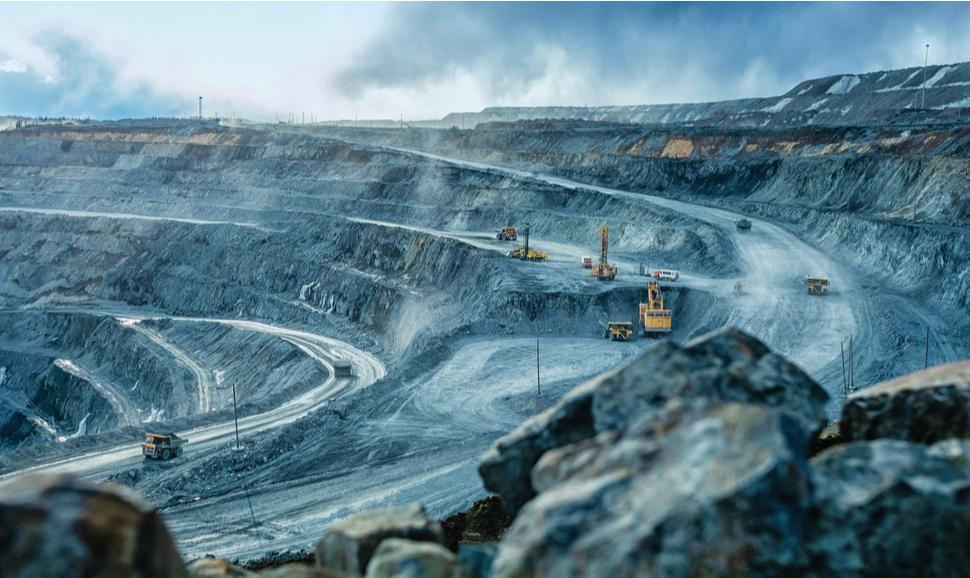





Copyright infringement not intended
Picture Courtesy: www.greenbiz.com
Context: The auction of critical mineral blocks represents a significant step toward enhancing domestic mineral production and reducing reliance on imports, especially for minerals crucial to industries like electric vehicles, consumer electronics, and energy storage.
Key Highlights
Clearance Requirements
Future Steps and Initiatives
|
Critical Minerals ●Critical minerals are those with high economic importance and high supply risk due to factors like limited availability, geopolitical issues, environmental concerns, or technological challenges. ●Lithium, graphite, rare earth elements (REEs), cobalt, nickel, vanadium, antimony, beryllium, and bismuth. Essential for green energy, high-tech, aviation, defence, and healthcare. ●The Ministry of Mines collaborated with stakeholders to identify 30 critical minerals based on criteria like demand-supply gap, import dependence, strategic importance, and potential for domestic production. |
Conclusion
Must Read Articles:
Critical Raw Materials Act: https://www.iasgyan.in/daily-current-affairs/critical-raw-materials-act#:~:text=Antimony%2C%20Beryllium%2C%20Bismuth%2C%20Cobalt,%2C%20Zirconium%2C%20Selenium%20and%20Cadmium.
Critical Minerals: https://www.iasgyan.in/daily-current-affairs/critical-minerals
Critical Minerals for India: https://www.iasgyan.in/daily-current-affairs/critical-minerals-for-india
Royalty Rates For Mining of Critical And Strategic Minerals: https://www.iasgyan.in/daily-current-affairs/royalty-rates-for-mining-of-critical-and-strategic-minerals
|
PRACTICE QUESTION Q. What are the key challenges and opportunities currently facing the mining sector in India, and how are stakeholders, including the government and industry players, addressing these issues to ensure sustainable and responsible mining practices? |








© 2025 iasgyan. All right reserved